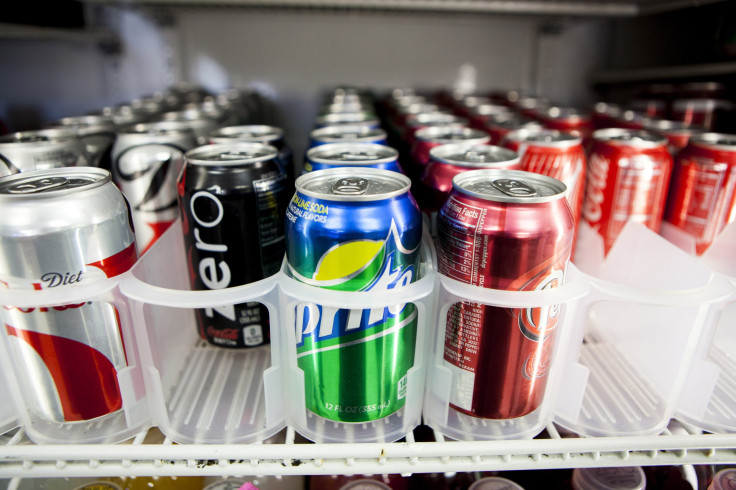Obesity Follows Retailers And Restaurants

Big retailers and restaurants are contributing to the obesity epidemic, a study by a health economist has shown. The study was led by Georgia State health economist Charles Courtemanche at the Andrew Young School of Policy Studies at Georgia State University. Titled, "Can Changing Economic Factors Explain the Rise in Obesity," their result was published by the National Bureau of Economic Research.
Courtemanche and his colleagues built a comprehensive economic model of body weight and 27 state level variables they categorised as general economic conditions such as unemployment and income, as well as the monetary or time costs associated with calorie intake such as food prices and retail presence. It also included physical activity such as gasoline prices and fitness centers and smoking. The research indicated that changes in variables related to calorie intake collectively explains 37 percent rise in body mass index rates and 43 percent rise in obesity. It also suggested that the pervasive presence of supercenters, warehouse clubs and restaurants are responsible for most of these gains.
Fitness centers and rising gas prices were found to work against the rise in BMI. The research suggests these effects are not the same for everyone. The greatest rise in weight is concentrated among people already at risk of obesity. Their response to the variables related to calorie intake can help us understand why BMI rates are changing.
The shrinking number of blue-collar workers and rise in food stamp benefits also contribute to rising obesity in the United States. The data suggest this effect is not due to differences in on-the-job physical activity. The researchers said that the best explanation for the difference between these workers, outside of physical movement, is time flexibility. White-collar workers have the flexibility to eat all day at their desks.
To contact the writer, email: sonali.raj@gmail.com





















